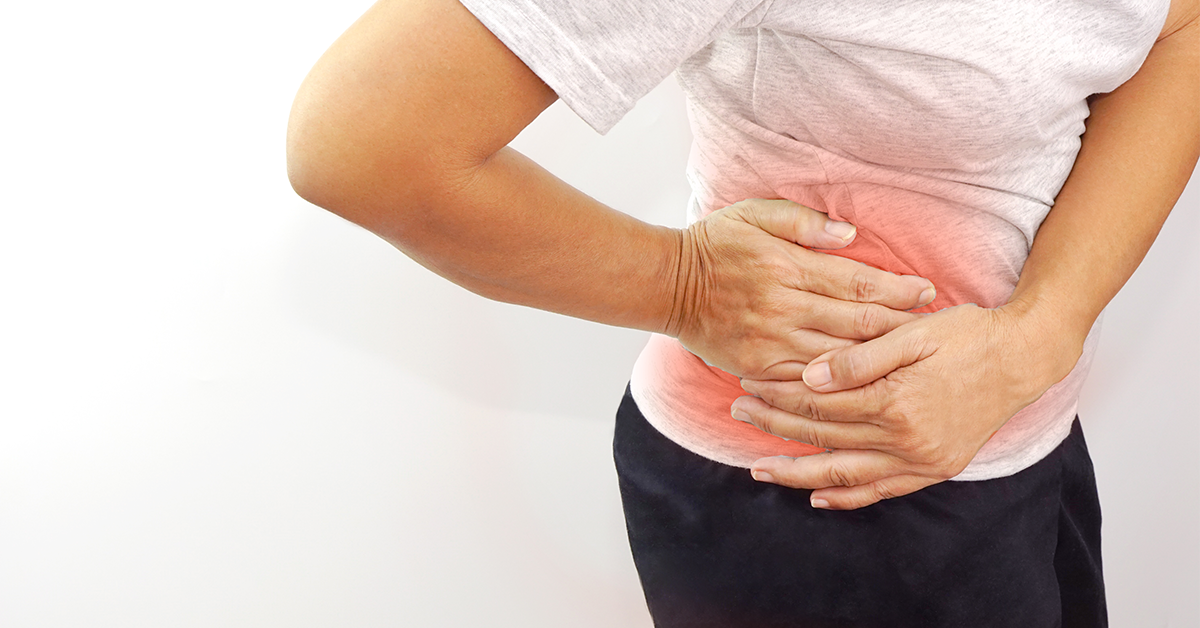
What Should I Not Do After a Hip Replacement?
Recovering from a hip replacement surgery requires careful attention to your activities to ensure proper healing and avoid complications. While your healthcare provider will give you specific instructions tailored to your situation, there are general guidelines you should follow to protect your new hip joint and promote a smooth recovery.
Avoid Bending Beyond 90 Degrees
One of the primary things to avoid after a hip replacement is bending your hip beyond a 90-degree angle. This means you should be cautious when sitting down and standing up, as well as avoiding low chairs and deep couches that require significant bending at the hips.
Use Higher Chairs with Armrests
Instead, use higher chairs with armrests to help you sit and stand with minimal strain.
Steer Clear of Twisting Motions
Twisting motions should also be avoided, as they can put undue stress on your new hip joint.
Pivot Your Entire Body
When turning around, make sure to pivot your entire body instead of twisting at the waist. This reduces the risk of dislocating your hip, which is a serious complication that can set back your recovery.
Don’t Cross Your Legs
Crossing your legs at the knees or ankles is another activity to avoid. This position can destabilize your hip and increase the risk of dislocation.
Keep Your Legs Parallel
It’s best to keep your legs parallel and slightly apart when sitting, lying down, or standing.
Avoid High-Impact Activities
High-impact activities such as running, jumping, and heavy lifting should be avoided during the early stages of recovery. These activities can place excessive stress on your new hip and hinder the healing process.
Stick to Low-Impact Exercises
Stick to low-impact exercises like walking, swimming, or cycling, as recommended by your healthcare provider.
Refrain from Driving
Driving is another activity you should refrain from until you get clearance from your doctor.
Consider Your Reaction Time and Movements
Reaction times can be slower due to the surgery and any pain medication you might be taking. Additionally, getting in and out of the car involves bending and twisting, which should be minimized initially.
Mind Your Sleeping Positions
Sleeping positions are important to consider as well. Avoid sleeping on the side of your new hip or lying on your stomach.
Sleep on Your Back with a Pillow
Sleeping on your back with a pillow between your legs can help maintain proper alignment and prevent accidental twisting or bending.
Postpone Household Chores
Household chores such as vacuuming, mopping, or lifting heavy objects should be postponed until you have healed sufficiently.
Ask for Help or Hire Assistance
These tasks often require bending, twisting, and lifting, which can be detrimental to your recovery. Ask for help with these activities or hire assistance during your initial recovery period.
Choose Easy-to-Wear Shoes and Clothing
Avoid wearing shoes and clothing that are difficult to put on. Bending over to tie shoes or pull on tight pants can exceed the recommended bending angle and strain your new hip.
Opt for Slip-On Shoes and Loose-Fitting Clothes
Opt for slip-on shoes and loose-fitting clothes to make dressing easier and safer.
By adhering to these guidelines and following your surgeon’s specific recommendations, you can help ensure a successful recovery and enjoy the full benefits of your hip replacement.
